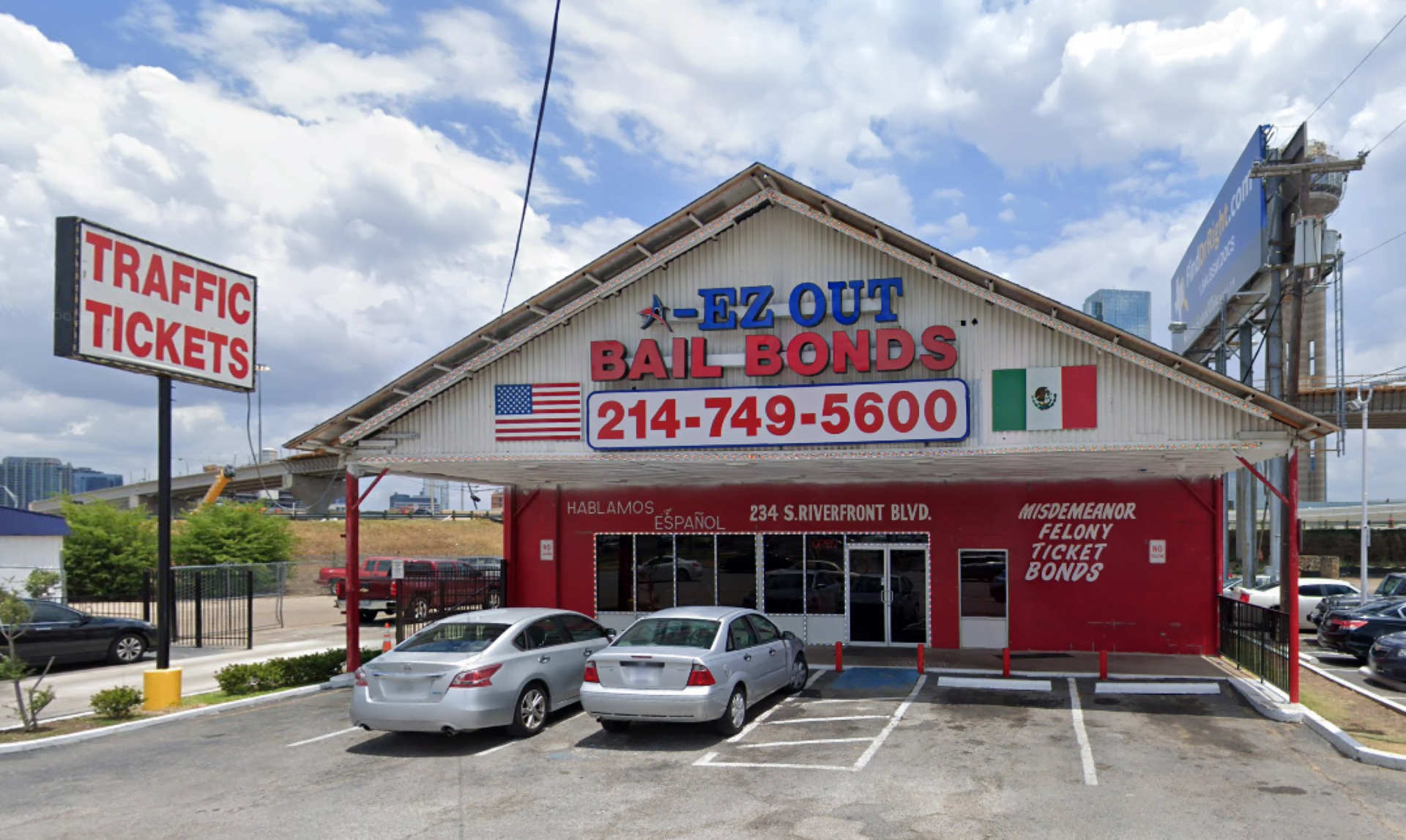Comprehending Exactly How Bail Bonds Work to Protect Your Freedom During Legal Process
In the intricate internet of legal procedures, understanding the nuances of bail bonds is crucial for any person encountering fees. Bail bonds work as a pivotal mechanism, allowing accuseds to secure momentary freedom while waiting for trial. This monetary plan not only highlights the value of appearing in court yet likewise introduces layers of complexity through the involvement of a bail bondsman. While the instant relief of release from custody is appealing, the underlying financial and legal implications require careful consideration. What are these implications, and how do they influence the trip through the justice system?
The Purpose of Bail Bonds
Understanding the objective of bail bonds is vital in the context of the criminal justice system. Bail bonds work as a financial guarantee that an implicated individual will certainly return for their court process after being temporarily released from guardianship. This mechanism aids in stabilizing the anticipation of virtue-- a basic principle in the lawful system-- against the demand to ensure public security and the orderly administration of justice.
Bail bonds are created to avoid overcrowding behind bars by enabling offenders who are ruled out a risk to society the chance to await test outside prison walls. They offer a service for individuals that could not have the prompt monetary sources to upload bail. By entailing a bail bond agent or firm, defendants can safeguard their launch with a third-party guarantor, that vows the full bail quantity to the court, generally for a fee
This system also emphasizes the value of liability, as it encourages defendants to abide by legal commitments. Failing to appear in court can result in serious effects, including the loss of the bond and added lawful charges. Thus, bail bonds play a critical function in handling both private freedoms and the sensible needs of the judicial procedure.
How Bail Bonds Operate
When navigating the details of bail bonds, it's vital to understand their operational mechanics. Basically, a bail bond works as a surety, guaranteeing that an accused appears in court after being released from custody. The procedure starts when a person, typically a family or the offender member, approaches a bail bond agency to secure launch from prison. The firm, subsequently, charges a non-refundable fee, typically a portion of the total bail quantity established by the court.
The firm after that gives the court with a bond, a legally binding paper, guaranteeing that the defendant will participate in all needed court looks. The bond is dissolved at the end of the lawful procedures if the defendant complies. If the offender stops working to appear, the court may waive the bond, needing the company to pay the full bail quantity. As a guard, agencies commonly require security, such as property or important possessions, to mitigate potential losses.
This system enables accuseds to remain free while waiting for test without paying the full bail upfront, thus easing financial problems. Comprehending these characteristics is critical for any individual associated with legal process calling for bail.

Function of a Bondsman
The bail bondsmansman offers as an essential intermediary between the offender and the court have a peek at these guys system, facilitating the launch of individuals from wardship (bail bonds mansfield ohio). As an intermediary, the bail bondsman provides an economic assurance to the court in support of the offender, making certain that the defendant will certainly stand for all scheduled court process. This role is important in maintaining the equilibrium between an individual's right to flexibility and the judicial system's demand to ensure conformity with lawful obligations
Bail bondsmen assess the risk linked with each possible customer. Upon approving the instance, the bail bondsman needs a non-refundable costs, which is normally a percent of the overall bail amount established by the court.
Furthermore, bail bondsmensman have the authority to give up an accused and collar to the court if they violate bail problems. This authority underscores the bondsman's essential duty in supporting judicial procedures while providing defendants with the Read More Here opportunity to prepare their protection beyond wardship.
Financial Ramifications of Bail
Past the bail bondsman's function in the judicial procedure, the monetary implications of bail significantly influence both defendants and their households. When a judge establishes bail, the amount often mirrors the viewed flight risk and severity of the fees. This can enforce a considerable economic problem, especially for low-income individuals, possibly bring about monetary stress and hardship. The main choice for lots of is to engage a bondsman, who usually requires a non-refundable charge, generally around 10% of the overall bail quantity. This fee assists in launch from guardianship, it represents a substantial outlay.
The inability to fulfill bail problems can cause long term detention, affecting work and family members security. For those that can pay the complete bail quantity straight, the funds are returned after the legal process, offered all court looks are fulfilled. Linking up big amounts of money can strain individual financial resources and liquidity.
Moreover, security may be needed for protecting a bail bond, running the risk of loss of possessions such as property or automobiles. This security is waived if the offender stops working to show up in court, aggravating the monetary predicament. Thus, understanding the economic effects of bail is important for making informed decisions during legal proceedings.
Lawful Obligations and Factors To Consider

Generally, the bond agent needs a costs, normally a percent of the total bail amount, which is non-refundable. The co-signer, or indemnitor, assumes financial responsibility for the full bail amount if the offender falls short to appear in court.

Conclusion
To conclude, bail bonds offer as a crucial system within the lawful system, providing defendants the opportunity to remain complimentary while awaiting test. By providing a financial guarantee through a bond bondsman, the incarcerated are guaranteed of their short-lived release in exchange for a non-refundable premium. This arrangement makes sure both compliance with court appearances and reduction of the financial problem of complete bail repayment. Recognizing the implications and obligations of bail bonds is crucial for browsing the intricacies of lawful process efficiently.
By entailing a bail bond agent or company, defendants can safeguard their release via a third-party guarantor, who pledges the full bail amount to the court, normally for a charge.
If the accused stops working to show up, the court might waive the bond, requiring the company to pay the full bail quantity. Upon approving the instance, the bail bondsman calls for a non-refundable premium, which is normally a percent of the complete bail quantity set by the court. The primary option for many is to involve a bail bondsman, who typically needs a non-refundable charge, normally around 10% of the complete bail quantity.In conclusion, bail bonds offer as an essential mechanism within the legal system, using offenders the opportunity to continue to be complimentary while awaiting trial.